



A detailed description of the Rockchip RKnanoC chip's MCU LCD interface.
The Rockchip RKnanoC chip's MCU LCD interface is an interface for connecting a liquid crystal display (LCD). It has the following features and functions:
Features:
Capable of supporting LCD screens with resolutions up to 220×176.
Function:
It can drive the LCD screen to display, for example, the information of playing songs, device status and other related contents.
Through this interface, the chip can effectively communicate and control the LCD screen to realize various display requirements. In smart home devices, this interface can be used to present a variety of visual information to enhance the user's interactive experience with the device.
The essence of the MCU LCD interface is the 8080 bus standard proposed by Intel, also known as the 8080 interface or DBI (Data Bus Interface) data bus interface, which is a parallel interface with 8-bit, 9-bit, 16-bit, 18-bit and other forms of data bit transmission. Its advantage is that it is simple and convenient to control, without the need for clock and synchronization signals; the disadvantage is that it consumes GRAM (graphics memory), so it is difficult to make a large-size screen.
Different bit-bit 8080 interfaces are connected to the microcontroller system in different ways. During the write signal cycle, the WRX signal is pulled low and then high, the host sends data information during the write cycle, and the LCD reads the data on the rising edge of WRX. When the D/CX signal is pulled low, the input data on the interface is considered to be command address information; when the D/CX signal is pulled high, the data on the interface is SRAM data or command parameter information. All signaling must be done with CSX pulled low. The read signal cycle is similar to the write signal cycle, the RDX signal is pulled down from high level and then pulled up again, the host sends the data information during the read cycle, the LCD reads the data on the rising edge of RDX, the input data type corresponding to the high and low levels of the D/CX signal is the same as that of the write signal cycle.

Please contact us if the source is mislabeled or violates your legal rights.
We will promptly correct and delete, thank you.
- ISP co-processor
- The standard of ISP chips
- What is the power consumption level of t...
- In what scenarios can the performance of...
- Smart Home Products with Rockchip RK3588...
- Kylin ISP chip
- Purchase of ISP chips
- How fast is the read speed of Winbond W2...
- The motherboard of the industrial comput...
- spi ethernet chip in qfn package
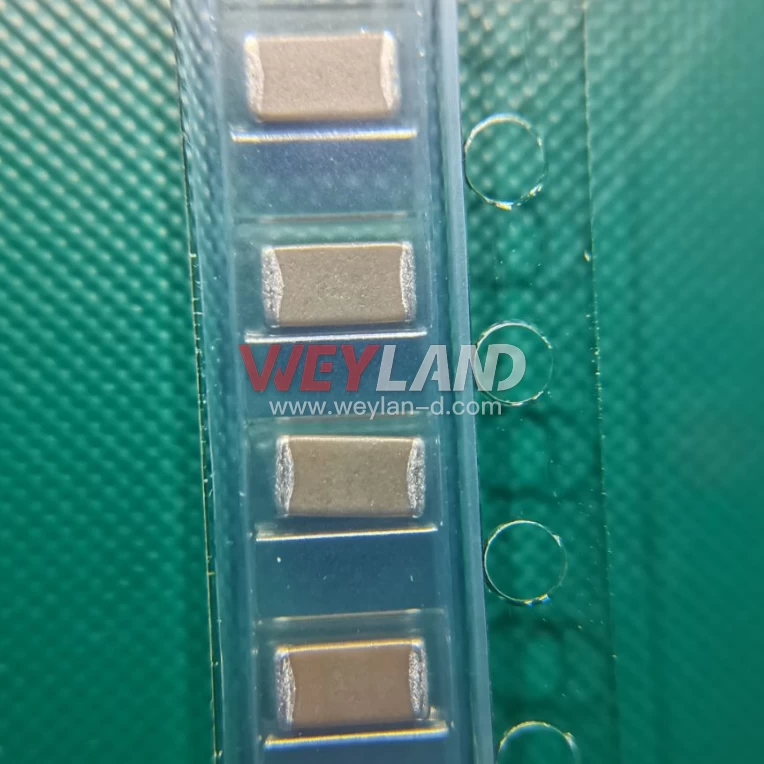
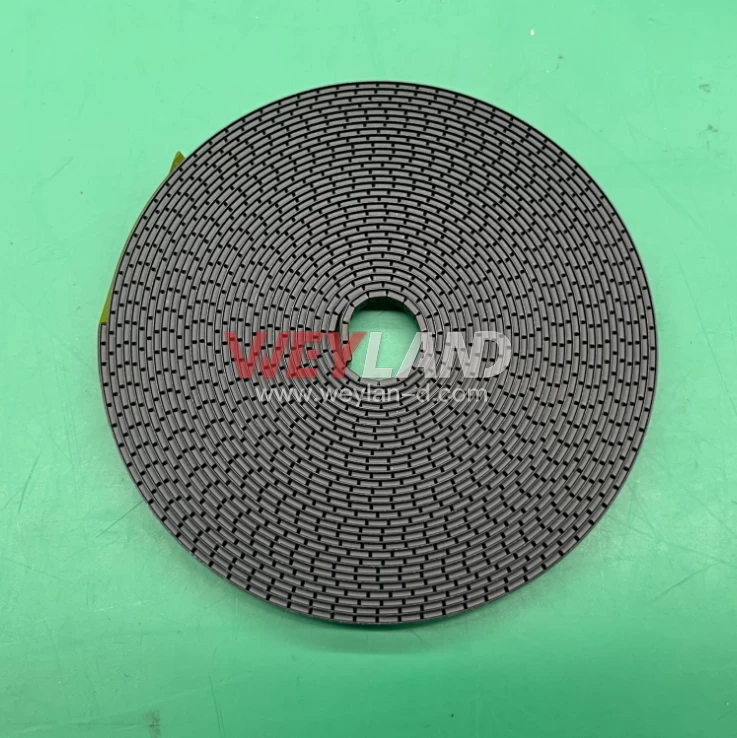
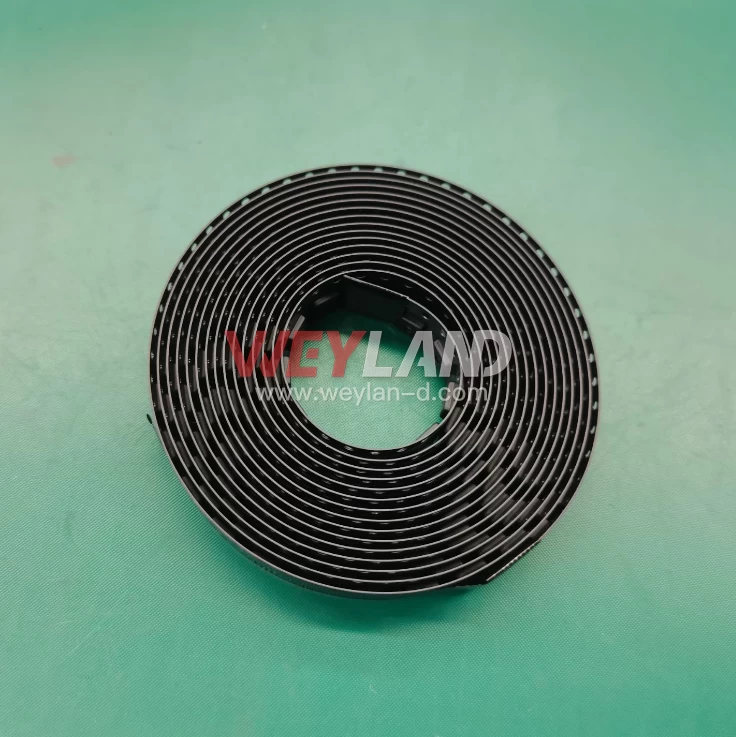

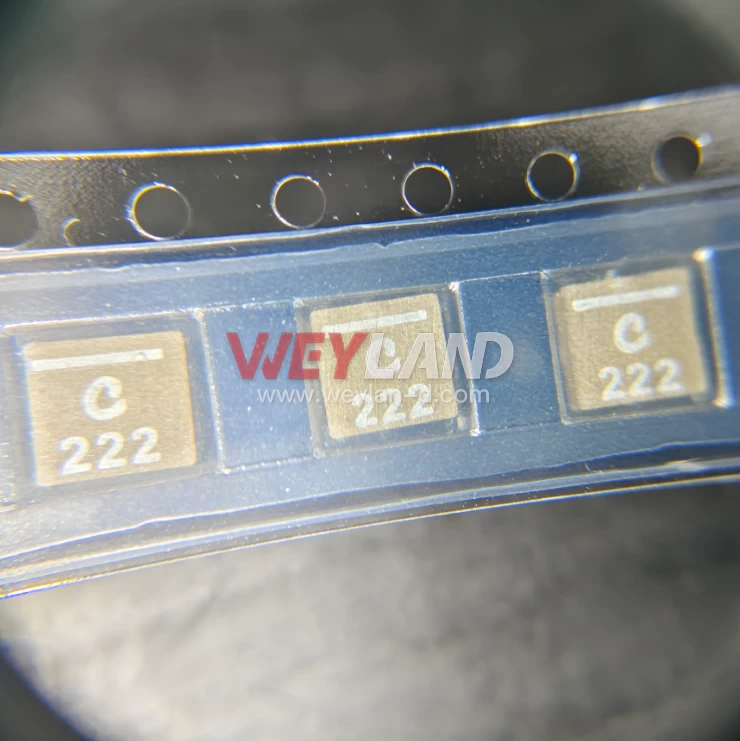
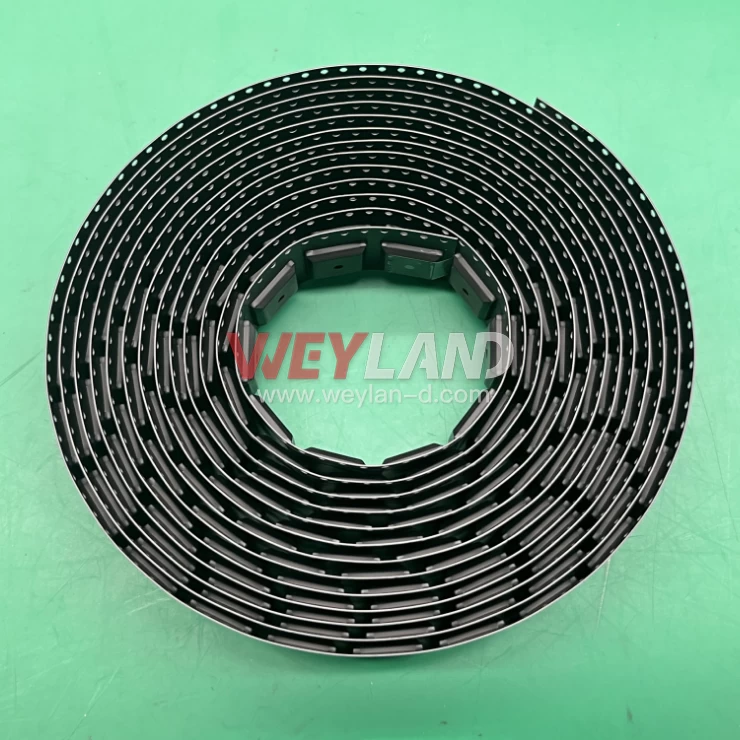
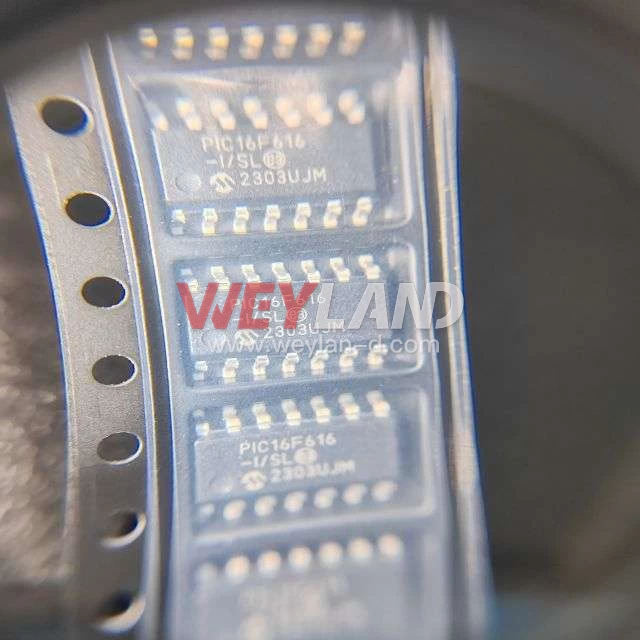
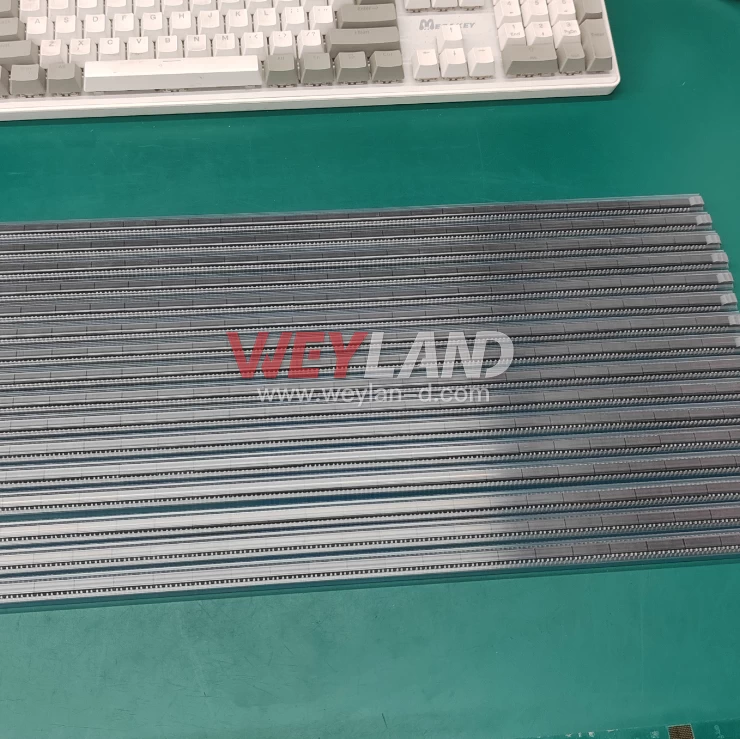
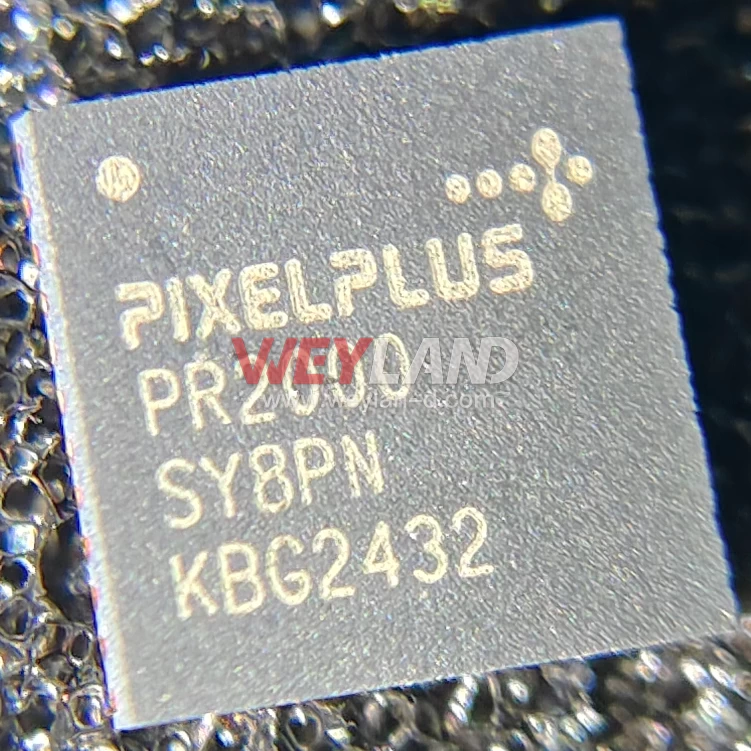
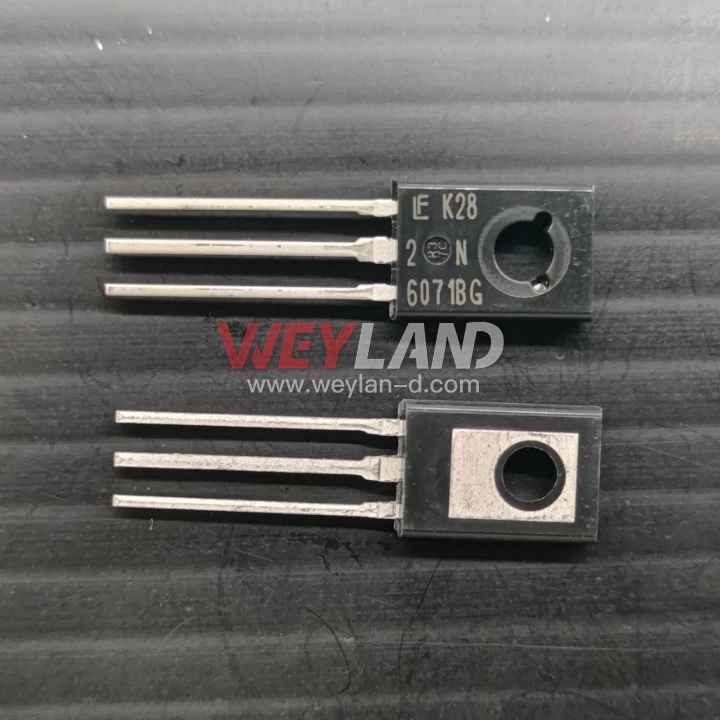
.9246509.png)












[email protected]
7500A BEACH ROAD #04-307 THE PLAZA SINGAPORE (199591)
RM 705.7/F.FA YUEN COMM BLDGNO.75-77.FA YUEN STREET.MONGKOK.KLN.HONG KONG
